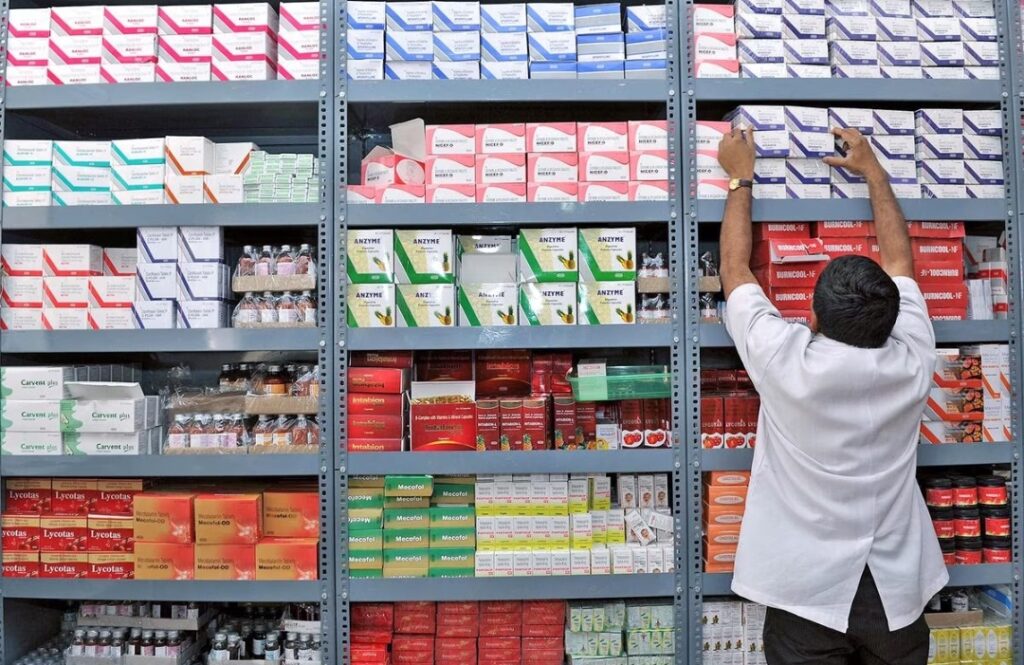

The specialist requested that I get the medication endorsed here and not what you have given,” said a client at a clinical store nearby Hyderabad’s Nizam’s Establishment of Clinical Sciences (NIMS) on Wednesday. At the core of the discussion was the issue of conventional medications and marked drugs. The misunderstanding included Itragee-100 Itraconazole cases rather than the endorsed Candiforce-200 tablet, the two of which share a similar synthetic piece for treating parasitic contaminations yet have a place with various brands.
While such events are normal for the individuals who successive clinical shops, a potential change is not too far off. Clinical experts offer differing viewpoints with the new rules delivered by the Public Clinical Commission (NMC) on August 3 stressing that all Enlisted Clinical Professionals (RMPs) should endorse drugs involving conventional names in a decipherable and clear way. A few specialists accept the power equilibrium will move from doctors to drug specialists.
The rules further highlight the significance of objective medication remedy, beating the pointless utilization of prescriptions and silly mixes of fixed-portion tablets down. To guarantee straightforwardness and precision, remedies given by RMPs and prescriptions apportioned by drug stores ought to unequivocally express the medication’s conventional name, as indicated by the NMC order. The reasoning behind these mandates, as indicated by the NMC, is to decrease medical services costs for the populace by pushing the utilization of conventional medications, which are in many cases 30 to 80% less expensive than marked partners.
Nonetheless, the Indian Clinical Affiliation (IMA) said the notice is unreasonable. ” An unfairness to specialists generally hold the interest of their patients as non-debatable,” said an explanation gave by IMA in Delhi.
The proprietor of the clinical shop noticed that his foundation works along the principal street, bringing about significant lease costs. He brought up that assuming the choice emerged to give meds in view of conventional names, the shop could focus on furnishing those with higher net revenues. Marked drugs yield a 20% edge, while generics could offer edges of 30 to 40%. In spite of the monetary angle, the two sorts keep up with a similar compound organization and quality, the proprietor added.
The client, who consistently buys drug for his dad, referenced that moving to nonexclusive meds as of late has fundamentally diminished his costs. Previously burning through ₹5,000 month to month, his expenses have come down to ₹2,000.
While nonexclusive prescriptions are not against, worries over their bioavailability, viability, and generally adequacy in treating illnesses remain. Leader of the Indian Clinical Affiliation’s Telangana State section B.N. Rao stressed that past expense, the likely results of generics should be thought of. He likewise voiced worries about the absence of responsibility related with these prescriptions.
Dr. Rao added that as opposed to requesting that specialists endorse nonexclusive medications, the public authority ought to attempt to diminish the cost of marked drugs by decreasing charges and giving framework at a lower cost.
A nonexclusive medication is characterized as a medication that is equivalent to mark/reference recorded item in measurement structure, strength, course of organization, quality and execution qualities, and expected use. A marked nonexclusive medication is one which has fallen off patent and is produced by drug organizations and sold under various brand names. These medications might be less exorbitant than the marked patent variant yet costlier than the mass produced nonexclusive rendition of the medication. There is less administrative command over the costs of these marked conventional medications.
Any new information on the Healthco fundraising efforts? When can we expect this to take place?
There was, as I said earlier, zero urgency. There was a time when it made sense to be cautious about bringing in new money given the state of the markets and the valuation we deserve. However, we do have access to outside funding. Depending on the situation, you might see some transactions in the third quarter.
The NMC’s rules likewise urge patients to buy drugs from Jan Aushadhi Kendras and other conventional drug store outlets, while prompting against marked nonexclusive medications. In Telangana, 67 such shops have been laid out in the beyond three years.
“At the point when we are managing human lives, the NMC ought to appropriately give rules as opposed to putting cover conditions. Conventional prescriptions are certainly great however just in specific circumstances. With fundamental infections, they can be given on an experimentation premise yet with serious infirmities, there ought to be no split the difference by any stretch of the imagination. Keeping up with quality is considerably more significant than controlling the cost,” said IMA-Telangana Logical Panel convenor Kiran Madala.
In light of a question in the Lok Sabha on August 11, the Service of Synthetic substances and Manures conveyed that India’s drug industry positions third worldwide concerning volume and thirteenth with regards to esteem. The country’s ability is confirmed by the creation of more than 60,000 conventional medications across 60 remedial classes.
New NMC standards: conventional medication medicines will move balance among doctors and drug specialists read on #rxpharma
Rx Pharma Tweet